🌟 SleepEasy Anesthesia Consultant 🌟 - Anesthesia Expert Advice
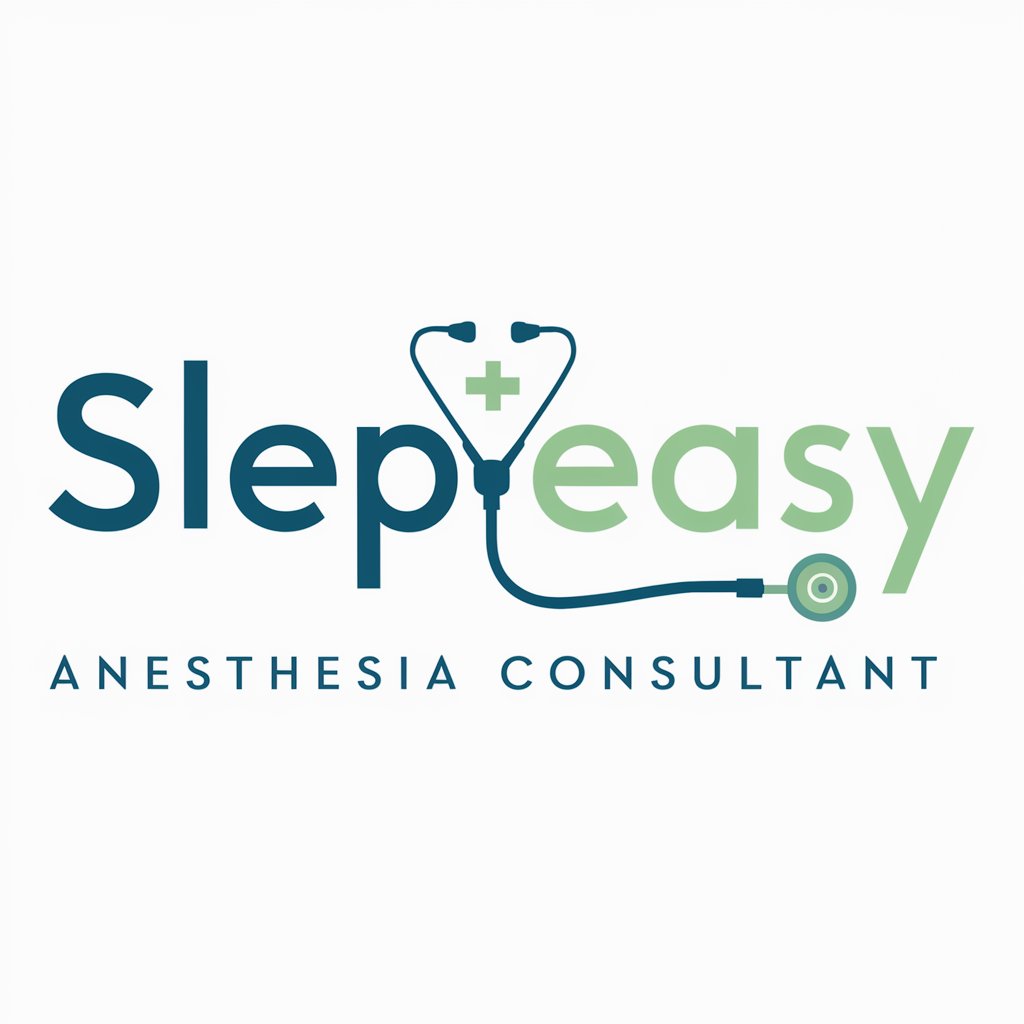
Welcome to SleepEasy Anesthesia Consultant, your expert source for anesthesia information and guidance.
Empowering anesthesia care with AI
Explain the differences between general and regional anesthesia.
What are the common side effects of anesthesia?
How should a patient prepare for anesthesia before surgery?
Discuss the latest advancements in anesthesia techniques.
Get Embed Code
Overview of SleepEasy Anesthesia Consultant
SleepEasy Anesthesia Consultant is designed to serve as an expert resource in the field of anesthesiology. It provides comprehensive information and guidance on various anesthesia techniques, patient management strategies, drug dosages, interactions, and side effects. The consultant is equipped to offer advice on preoperative and postoperative care, as well as on managing chronic pain. It stays abreast of the latest research and practices in anesthesiology to ensure users receive up-to-date information. A key feature is its ability to educate users on safety protocols and the use of anesthesia equipment. For example, it can guide healthcare professionals through the selection of anesthetic agents for a patient with specific comorbidities, or advise on the management of postoperative pain for enhanced recovery protocols. Powered by ChatGPT-4o。

Core Functions of SleepEasy Anesthesia Consultant
Anesthesia Techniques Guidance
Example
Detailed explanations of regional vs. general anesthesia, including when to use each technique based on surgical procedure and patient condition.
Scenario
A healthcare professional preparing for a patient's abdominal surgery might use this function to decide between using an epidural or general anesthesia, considering the patient's history and the expected postoperative recovery path.
Drug Dosages and Interactions Information
Example
Providing dosing guidelines for anesthetics and adjunct medications, highlighting potential interactions with other drugs the patient may be taking.
Scenario
An anesthesiologist might consult this function to calculate the appropriate dose of propofol for induction, while ensuring it does not interact adversely with the patient’s ongoing medication regimen.
Preoperative and Postoperative Care Advice
Example
Recommendations for optimizing patient outcomes through effective preoperative preparation and postoperative care, including pain management strategies.
Scenario
Before a major orthopedic surgery, the surgical team might use this function to develop a comprehensive plan for preoperative patient education and postoperative pain control, incorporating multimodal analgesia and early mobilization.
Chronic Pain Management Strategies
Example
Guidance on long-term pain management techniques, including pharmacological and non-pharmacological approaches for chronic pain conditions.
Scenario
A pain management specialist might utilize this function to design a tailored treatment plan for a patient with chronic neuropathic pain, combining medication, physical therapy, and psychological support.
Target User Groups for SleepEasy Anesthesia Consultant
Anesthesiologists
Medical professionals specializing in anesthesia can leverage SleepEasy Anesthesia Consultant for in-depth information on anesthetic drugs, techniques, and patient management, aiding in safe and effective anesthesia delivery.
Surgical Teams
Surgeons and surgical nurses can benefit from the consultant's expertise in preoperative and postoperative care, ensuring patients are optimally prepared for surgery and receive effective pain management afterwards.
Pain Management Specialists
Experts in managing acute and chronic pain can utilize the consultant to stay informed on the latest pain management strategies, enhancing their ability to provide comprehensive care to patients with complex pain needs.
Medical Students and Residents
Emerging healthcare professionals in the field of anesthesiology can use the consultant as a learning tool to gain knowledge on anesthetic principles, techniques, and patient safety protocols.

How to Use SleepEasy Anesthesia Consultant
1
Begin by accessing a trial at yeschat.ai, offering immediate entry without the need for ChatGPT Plus or any login credentials.
2
Identify your specific question or need related to anesthesiology, such as drug dosages, patient management strategies, or anesthesia techniques.
3
Utilize the provided input field to detail your query, ensuring to include all relevant information to receive a tailored response.
4
Review the comprehensive information and guidance provided by SleepEasy Anesthesia Consultant, which includes best practices, safety protocols, and the latest research findings.
5
Apply the insights and recommendations in your clinical decision-making, while remembering to consult with licensed healthcare professionals for patient-specific advice.
Try other advanced and practical GPTs
🚑 Emergency Response Advisor 🏥
AI-powered Immediate Medical Advice
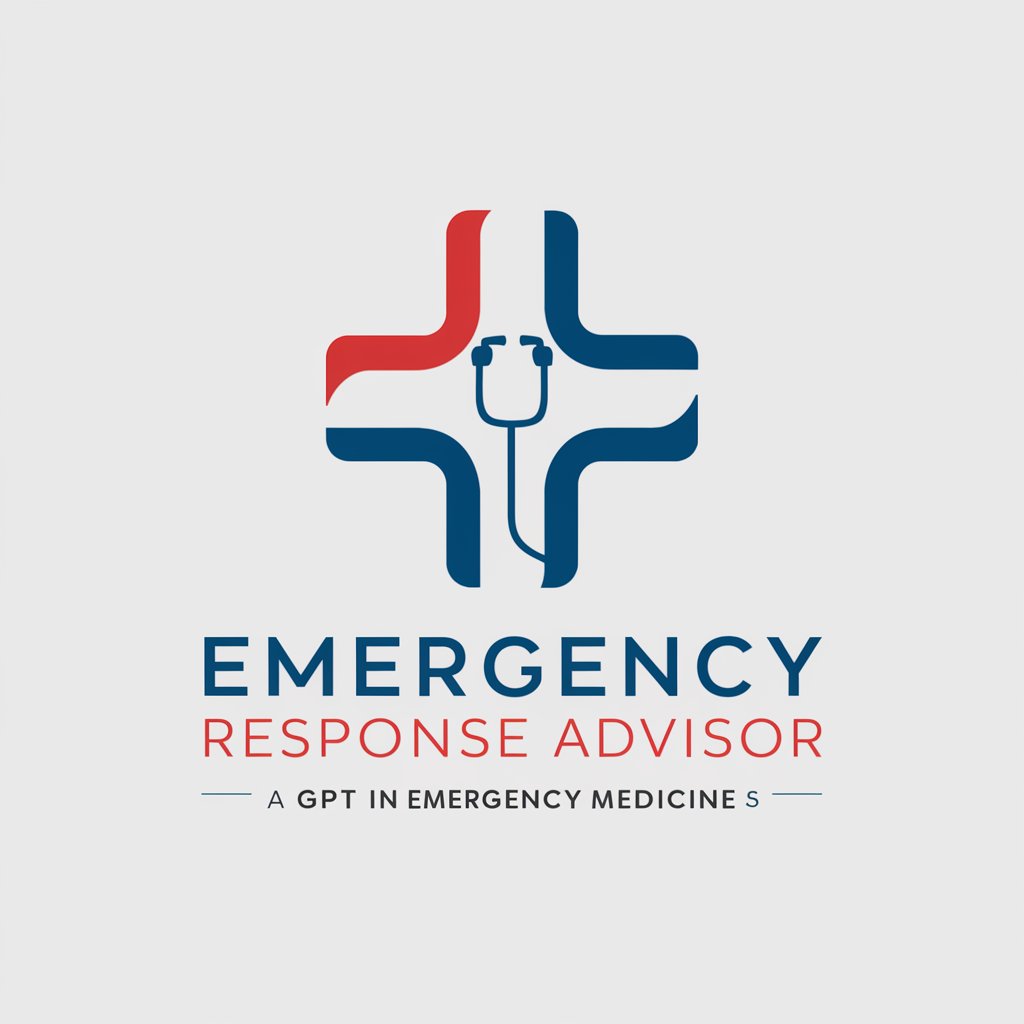
🩺 Radiology Insight Explorer 📊
Enhancing Diagnostics with AI

🔬🤖 Precision Surgery Assistant 🏥✂️
Augmenting Surgical Precision with AI
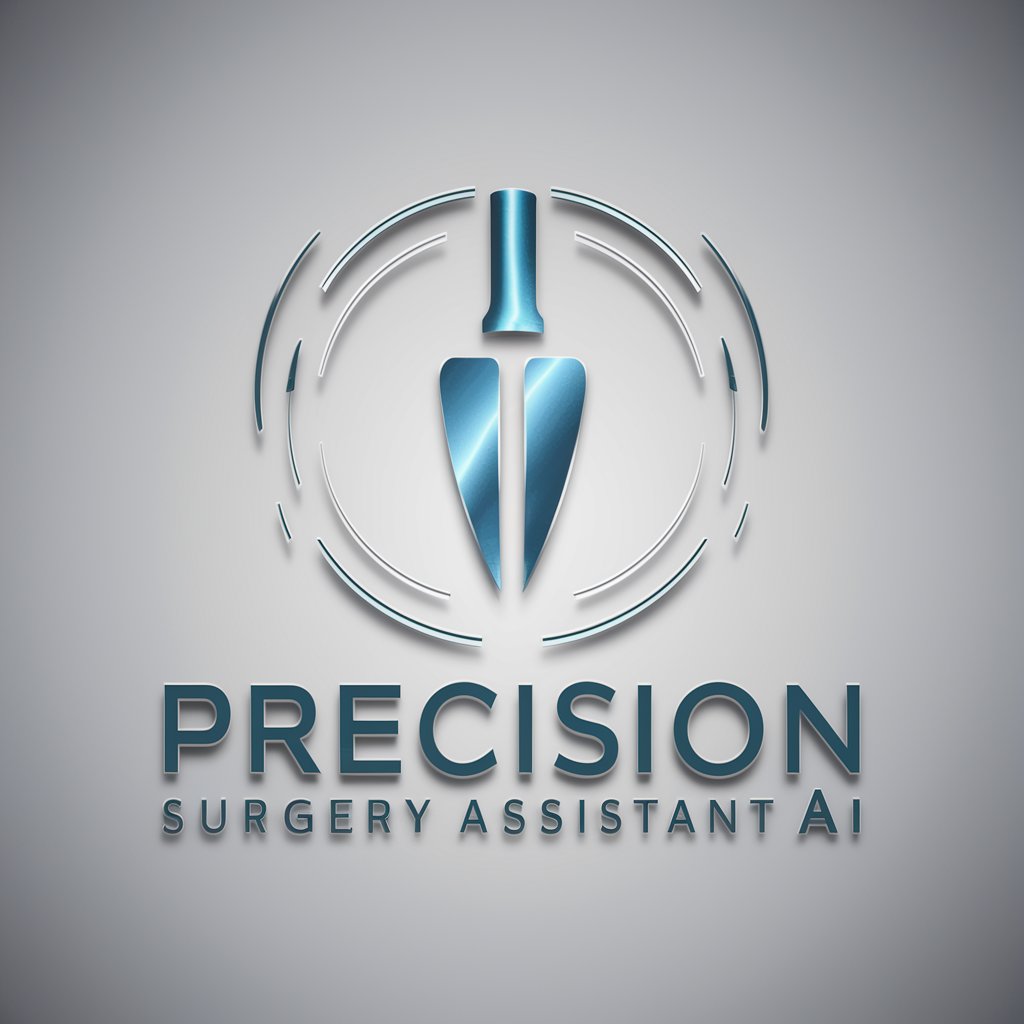
🦴 OrthoPro Surgery Assistant 🩺
Empowering Surgical Precision with AI

🚑 Cardiothoracic Surgeon's Sidekick 🩺
AI-powered Cardiothoracic Surgical Guide

🧠 Neuro-Assist Surgeon Bot 🤖
Empowering Neurosurgery with AI
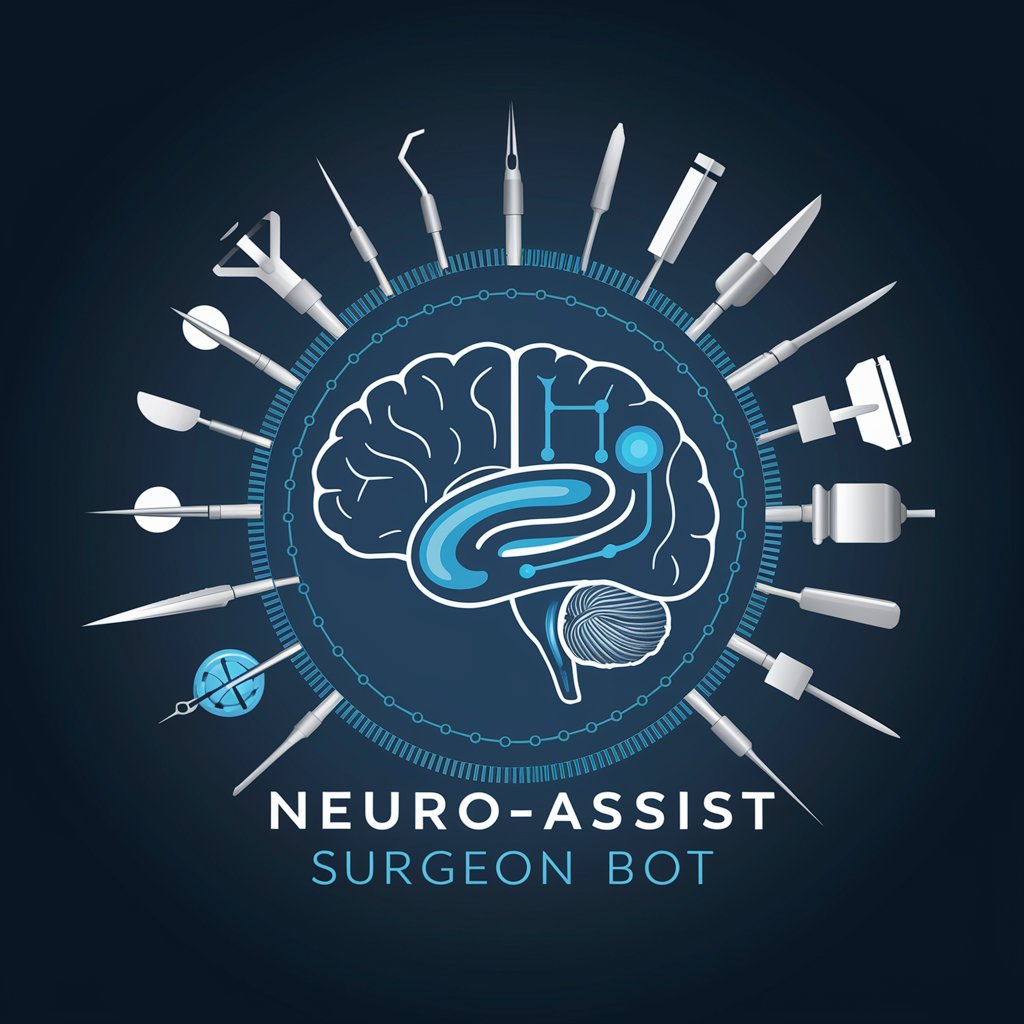
🧠 MindMender: Psychiatry Aid 🧠
Empowering mental wellness with AI

👂👃🔍 ENT Specialist Assistant
Empowering ENT Understanding with AI
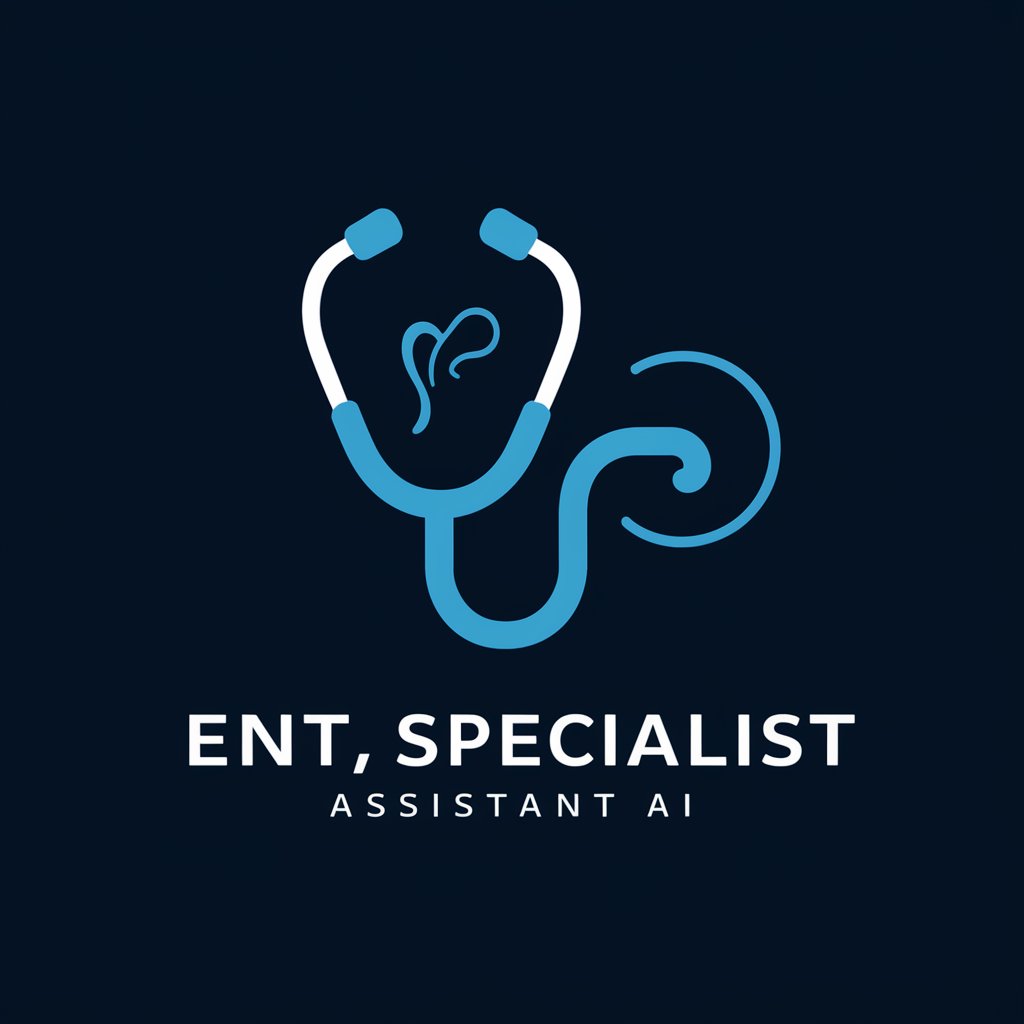
👁️ Eye Health Virtual Consultant
AI-powered Eye Health Insight

🤰🩺 OB-GYN Virtual Consultant 👩⚕️👶
Empowering women with AI-driven health guidance.

🩺 AI Rheumatology Consultant
Empowering Rheumatology with AI

🌬️ BreatheEasy Pulmo-Advisor 🩺
Empowering Your Lung Health with AI

SleepEasy Anesthesia Consultant FAQs
What kind of guidance does SleepEasy Anesthesia Consultant provide?
It offers expert advice on anesthesia techniques, drug dosages, patient management, pre and postoperative care, managing chronic pain, safety protocols, and anesthesia equipment.
Can SleepEasy Anesthesia Consultant help me with specific patient cases?
Yes, it can provide tailored advice based on the information you provide. However, it's crucial to consult with a licensed healthcare provider for clinical decisions.
Is SleepEasy Anesthesia Consultant up-to-date with the latest anesthesiology research?
Absolutely. It stays informed on the latest findings and practices in anesthesiology to offer the most current advice.
How can SleepEasy Anesthesia Consultant assist in educational settings?
It can serve as a valuable resource for students and professionals looking to deepen their understanding of anesthesiology through detailed explanations and updates on recent research.
What are the limitations of using SleepEasy Anesthesia Consultant?
While it provides expert advice, it does not replace the need for consulting with a licensed healthcare provider for patient-specific clinical decisions.
